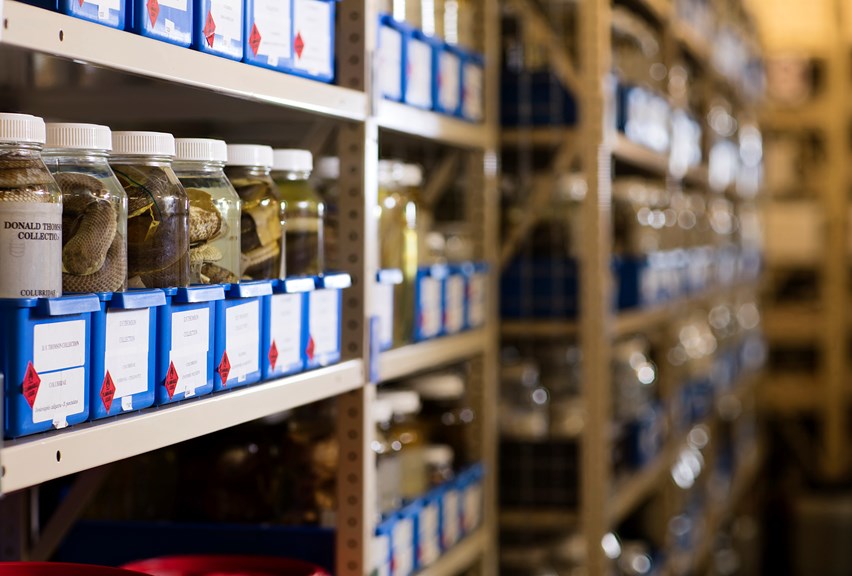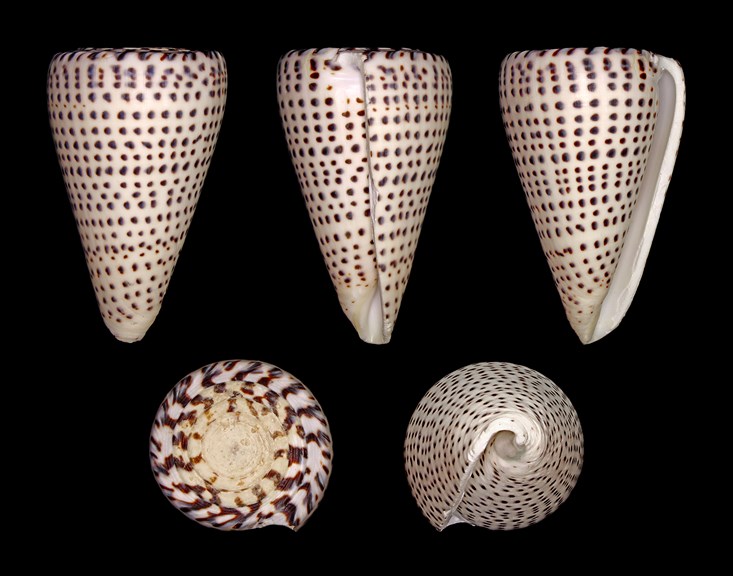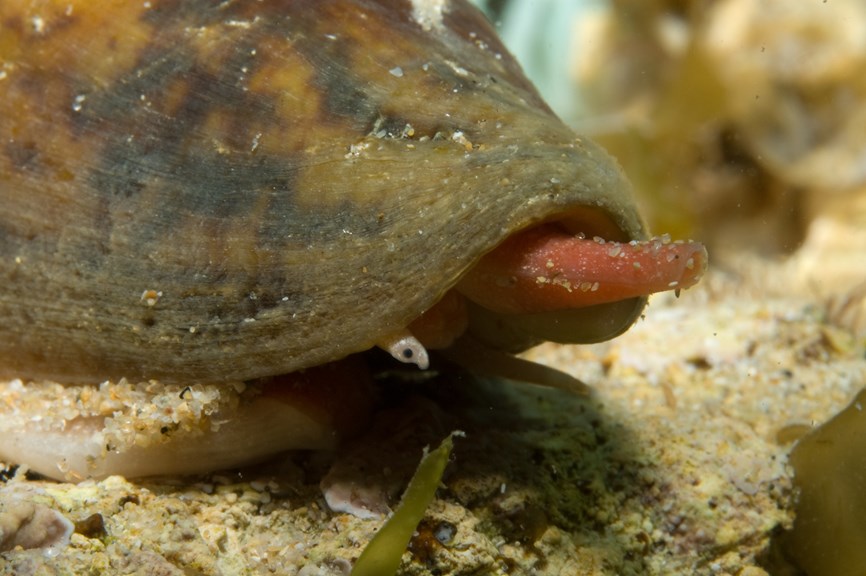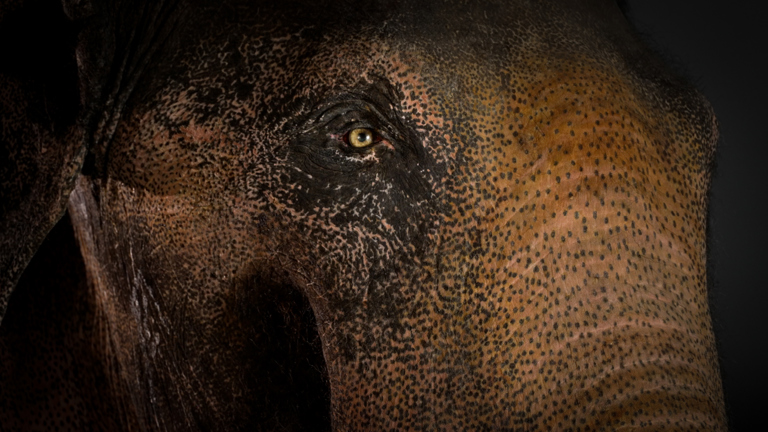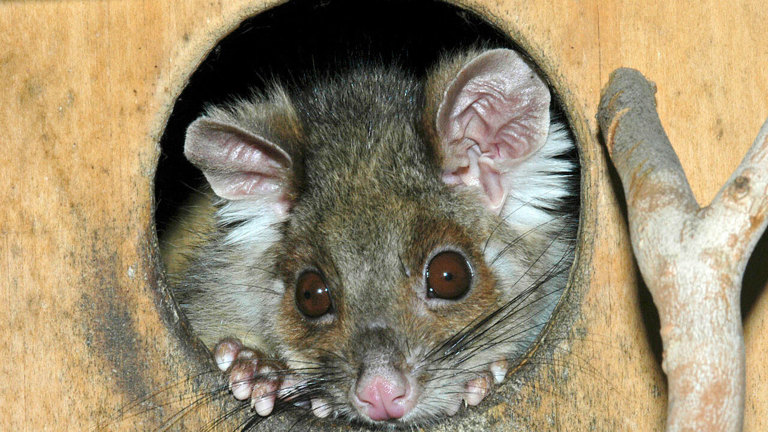What is the most venomous animal in the world?
And how its deadly venom could save lives.
The most venomous animal on Earth is probably not what you think it is.
What is it? Well, the answer is complicated. It may also be very surprising.
According to some researchers, the animal which produces the world’s deadliest venom is not a snake, a spider nor a jellyfish.
It is a type of creature commonly associated with backyard veggie patches and French cuisine, whose very name is used as a synonym for moving at the slowest of speeds.
Yup, it is of course, a snail. Just not your garden-variety snail.
This particular snail lives in the ocean and sports a shell so exquisite it is among the most desired of all sea shells.
Its shell is conical, placing it among the 800 or so species of marine predators which make up the Conidae family—known in plain English as cone snails.
Museums Victoria holds about 8000 individual cone shells. Mark Nikolic was one of a team of MV scientists which recently spent months digitising and re-organising those shells.
In life, all the cone snails used venom to hunt prey. But inside one particular shell was an arsenal of neurotoxins so diabolically complex it may actually harbour secrets which prove hugely beneficial to human society.
So how could the planet’s deadliest venom save lives?
Well, answering that paradox requires revealing our anti-hero and learning its hunting techniques.
Conus geographus—aka, the Geography Cone—eats fish. Sometimes, entire schools of them.
Yes, one of the slowest of creatures catches one of the fastest, even several at time. Not by chasing them down, but by immobilising them. With chemical weapons.
When its unsuspecting prey swims past, the Geography Cone releases a cloud of insulin. It’s the same hormone used as a life-saving drug for diabetics, just subverted. The insulin cloud—called a ‘nirvana cabal’—enters the fish’s blood stream through the gills. Instead of stabilising, their blood sugars plummet and the fish enter hypoglycemic shock.
‘Cone snails are the only animals in the world, other than humans, that have been recorded to use insulin as a weapon,’ Mark says, appreciatively.
The Geography Cone then sends out a false mouth which balloons like a net and engulfs the stupefied fish. Selecting from up to 200 toxins, the snail concocts a fatal potion which it injects into its prey with a harpoon-like tooth.
Other cone snails launch these harpoons from a proboscis, shooting fish at a distance and reeling them in before swallowing them whole. Some submerge themselves in sand, lying in ambush.
It is the incredibly varied nature of these chemicals which makes cone snails so appealing to biomedical research.
Because, by peering into their lethal chemical arsenals, scientists can make life-saving breakthroughs.
For example, Mark says, researchers have found compound proteins in cone snail venom that can target specific pain receptors in humans.
‘They can provide analgesic, or pain killing effects, of up to around 1000 times what morphine can do—without the addictive qualities,’ he says.
Though they have the potential to save human lives, cone snails also have a track record of taking them—accounting for at least 30 recorded deaths.
Not that the snails are actively hunting divers, it is curious shell collectors who have fallen victim to their venom.
The cone shells’ intricate and varied patterns have made them prized across cultures for centuries. Which accounts for the museum’s hefty collection—many of the shells were bequeathed by private collectors, enticed by their beauty.
But now Mark and his team have collated the locations and dates at which they were collected—or biogeographical data—the shells can talk to the history of the sea. For example, if a tropical species is collected further and further south, the shells can describe a warming ocean. If a species was once abundantly collected but is now rare, they tell us about a decline.
‘They were just a bunch of pretty shells,’ Mark says.
‘But now we can use those specimens to track changes over time.’
